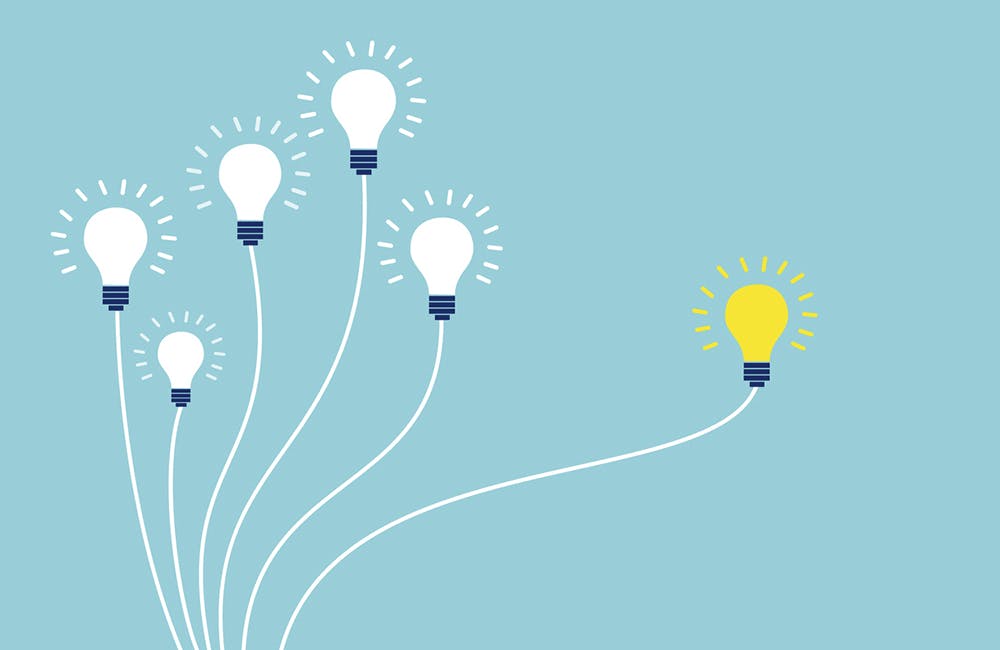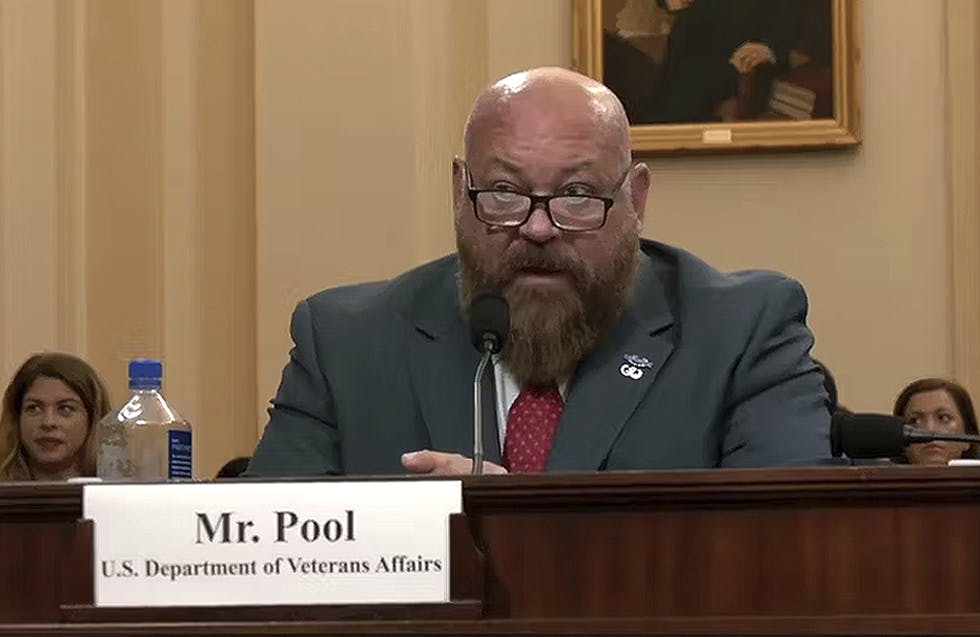Institutional Changes Necessary for Building Government Tech Workforce
Changes among agency management may be a precursor for better utilizing talent from private industry.

The federal government may be able to drive recruitment efforts from private-sector tech by developing better understanding of technology and innovation, according to industry leader and tech accelerator Dcode.
“An actual understanding of technology and innovation is necessary for processes to improve,” said Dcode Managing Director of Technology Programs Nate Ashton. Streamlining the private-public hiring pipeline means changes within government agencies would be necessary to better leverage the talents of technically oriented employees.
While the federal hiring process remains opaque and challenging to navigate for those looking to enter government, Ashton noted there are still wide-ranging cultural changes that will need to occur within the government to better accommodate its current tech workforce as well.
“The issue that is biggest and most pervasive is the actual enablement of the current workforce,” Ashton said.
Most prominent among these is a gulf in technical comprehension between upper-level management and the employees they’re responsible for overseeing — a disconnect that can lead to delays or inefficiencies in project completion.
“You need more technical understanding, training, even cultural change among the people running government programs,” Ashton said.
While long-serving civil servants carry essential institutional knowledge, their familiarity with new technical applications or practices may lag behind those of their staff. Ashton emphasized that failing to rectify this knowledge gap among contract managers could blunt the impact of hiring reforms irrespective of their scope or success.
The solution may lie in combining these institutional changes with new hiring practices. “How do you both hire new people and enable them to do more once they’re in [government]?” Ashton added.
Noting programs that have already proven successful in solving this dual challenge, Ashton singled out the Air Force’s Kessel Run project — a department that draws employees from within the armed forces to foster skills development in a less formal workplace environment that borrows from private-sector tech. Rather than hire the majority of its workforce from external firms, Kessel Run focuses on developing the potential of workers drawn from its own institutional network.
A similar challenge rests on reconciling the particularities of federal hiring with the tendencies and expectations of the tech workforce.
“There will always be certain controls and unique processes around government hiring you won’t see in private industry,” Ashton said.
While many of these are necessary precautions around security and disclosure, certain prohibitions may need to be relaxed in order to best leverage available human capital. Ashton cited the practice of rejecting the security clearance of any applicant who has consumed marijuana within the preceding year, a potentially antiquated barrier in light of cannabis’ legal status across multiple jurisdictions — Silicon Valley’s home state of California included.
Ashton detailed promising instances of employee exchange between the federal government and private industry, noting these could serve as models for human capital and knowledge transfer. The Department of the Army’s Training With Industry program allows federal employees to spend a year’s tenure at outside firms in order to develop new skills and familiarity with commercial practice. Ashton noted an inverse program is being considered to bring private-sector employees directly to federal agencies in order to foster a more direct understanding of government institutions.
Ashton outlined that improving technical knowledge among federal contract managers would also be crucial for better coordinating with the government’s substantial contractor base. While the precise amount of contractors on government payroll is difficult to ascertain, Ashton has “seen estimates as high as 15 million.”
This can result in a problematic dynamic between contractors and managers with less technical expertise, especially on more complex initiatives.
“If you go to a government office working on a data analysis project, the upper-level management will be government, but most of their technical employees will be contractors,” Ashton said.
The solution, Ashton proposed, may lie in more broadly educating contract managers on new technology — an investment of resources that will yield gains from productivity that ultimately outstrip the initial cost.
This is a carousel with manually rotating slides. Use Next and Previous buttons to navigate or jump to a slide with the slide dots
-

VA's Platform One Powers Rapid Innovation to Bolster Digital Services
VA's Platform One accelerates software development timelines from weeks to hours, ultimately enhancing digital services for veterans.
5m read -

Federal Leaders Receive Federal IT Efficiency Flywheel Awards from GovCIO Media & Research
Five federal IT leaders received Flywheel Awards for driving innovation and modernizing technology at the Federal IT Efficiency Summit.
5m read -

Doing More with Less is Muscle Memory for IRS, Former Deputy CIO Says
Darnita Trower discusses her experience, the legacy she’s left behind and how she pushed the IRS to modernize itself,
20m watch -

Opinion: Original Intelligence Is the Missing Piece for AI Transformation
Limitations of AI agents and development drive growing needs for workforce development and "original intelligence."
3m read -

VA CIO Targets Modern IT and Smarter Workforce Alignment
Agency leaders told lawmakers they are focused on trimming legacy systems and restructuring its workforce to streamline operations.
3m read -

Pentagon's $200M AI Contracts Signal Broader Effort to Transform Talent
The Army is leveraging Silicon Valley, reservist programs and new hiring strategies to integrate critical digital skills in its ranks.
5m read -

AI Foundations Driving Government Efficiency
Federal agencies are modernizing systems, managing risk and building trust to scale responsible AI and drive government efficiency.
43m watch -

Inside DOD’s Push to Grow the Cyber Workforce Through Academia
Diba Hadi gives her first interview since becoming principal director of the DOD’s Cyber Academic Engagement Office.
15m listen -

Agencies Tackle Infrastructure Challenges to Drive AI Adoption
Federal agencies are rethinking data strategies and IT modernization to drive mission impact and operational efficiency as new presidential directives guide next steps.
5m read Partner Content -

Generative AI Demands Federal Workforce Readiness, Officials Say
NASA and DOI outline new generative AI use cases and stress that successful AI adoption depends on strong change management.
6m read -

The Next AI Wave Requires Stronger Cyber Defenses, Data Management
IT officials warn of new vulnerabilities posed by AI as agencies continue to leverage the tech to boost operational efficiency.
5m read -

Federal CIOs Push for ROI-Focused Modernization to Advance Mission Goals
CIOs focus on return on investment, data governance and application modernization to drive mission outcomes as agencies adopt new tech tools.
4m read
















